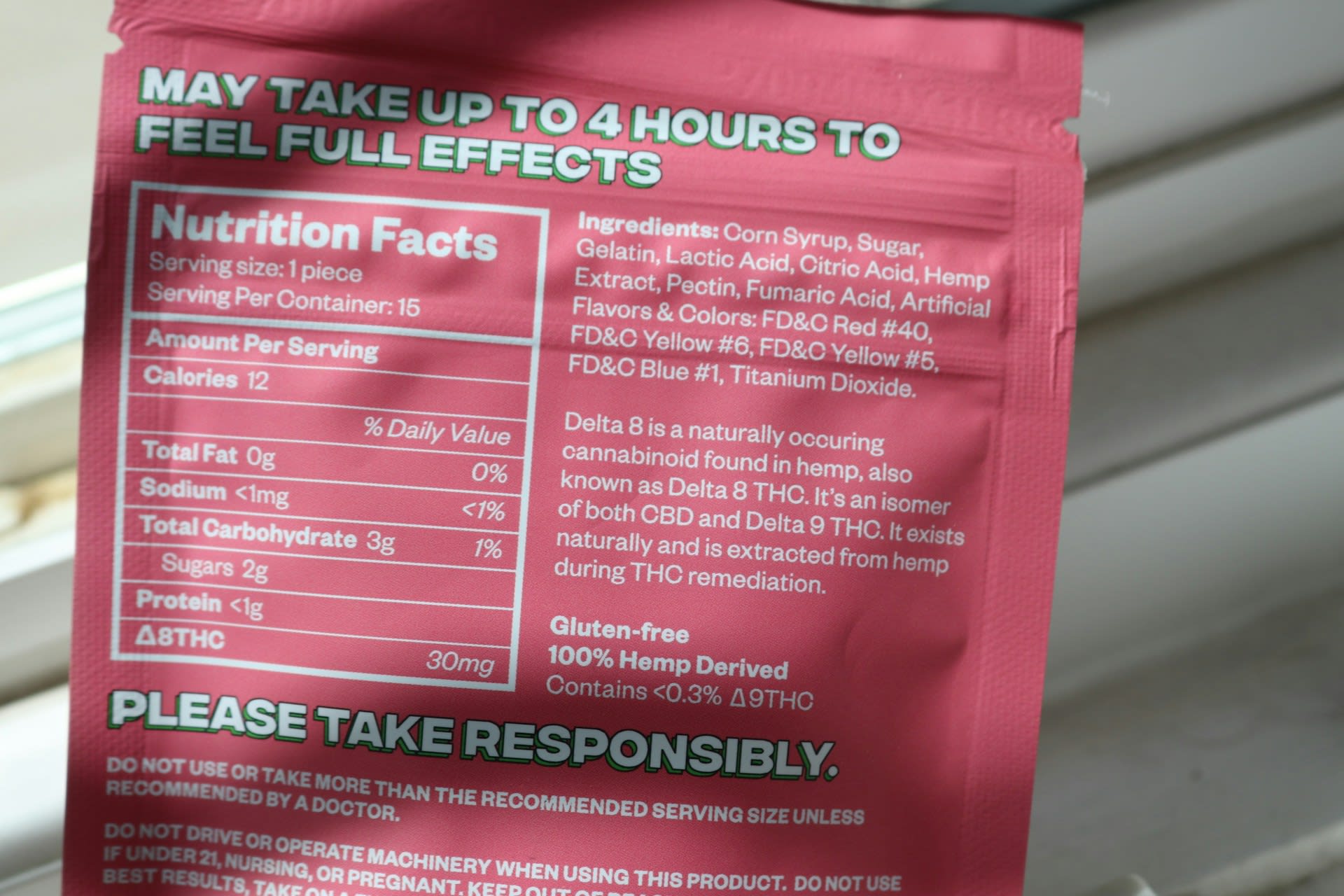Walking down your supermarket aisles, you've probably noticed the myriad of products adorned with colorful packaging, convincing marketing slogans, and - most importantly - the often-overlooked side panel: the nutrition facts label.
This little table of numbers and percentages is a goldmine of information. When understood correctly, it can help transform your overall diet and steer you towards a healthier lifestyle.

Why Nutrition Facts Labels are Important
The nutrition facts label is a small, often overlooked part of your food package. But it's packed with information that can help you make the best choices when it comes to eating a healthy diet.
Here are some benefits you'll get:
-
Improved dietary knowledge: Knowledge, as they say, is power. The more you understand about what you're consuming, the more equipped you are to make better dietary choices.
-
Balanced nutrition: Your body needs a delicate balance of nutrients to function well. Labels help ensure you're getting that balance and not overloading on particular nutritional elements.
-
Allergen awareness: For those with specific food allergies or intolerances, nutrition facts labels can be essential to avoid potentially harmful ingredients. If you're unsure, it's best to take a skin prick allergy test.
A Deep Dive into Nutrition Facts Labels
Labels vary from country to country, but there are several common components seen in most. Here's a breakdown:
-
Serving size: This indicates how many servings are in a package. Check this first because all the nutrient values listed are based on this amount.
-
Calories: This number refers to the amount of energy you get from a serving.
-
Total Fat: This covers all types of fat in the product, from saturated to unsaturated. Moderation is key here.
-
Cholesterol & Sodium: These nutrients can be harmful when consumed in excess, potentially leading to heart disease or hypertension.
-
Total Carbohydrates: This includes sugars, dietary fiber, and others. Keep an eye on the sugar content especially.
-
Protein: An essential nutrient that supports growth and tissue repair.
-
Vitamins & Minerals: Indicates the percentage of daily recommended intake. Look for foods high in vitamins and low in sodium and sugar.
Some Interesting Facts to Keep in Mind
There is no such thing as bad food or good food. What’s important is moderation and balance.
-
The percentages listed on the labels are based on a 2,000 calorie per day diet, which may not accurately represent your personal dietary needs.
-
"Fat-free" or "sugar-free" does not necessarily mean healthy. Sometimes removing fat leads to an overcompensation of sugar, and vice versa.
-
Labels are often more than meets the eye. For instance, 'sugar' can be listed under many aliases, like high-fructose corn syrup or dextrose.
Common Mistakes and How to Avoid Them
Here are some common mistakes when reading the nutrition facts labels.
-
Ignoring serving size: It's easy to overlook this information, leading to underestimating the actual calories and nutrients consumed. Always consider the number of servings you're eating.
-
Falling for marketing buzzwords: Phrases like 'organic', 'natural', or 'gluten-free' can be misleading. While these might indicate certain qualities, they don't mean the product is healthy overall. Rely on the label, not just the buzzwords.
-
Forgetting about added sugars: While sugars are listed under carbohydrates, extra care needs to be given here. The American Heart Association recommends limiting added sugars to no more than 6 teaspoons daily for women and 9 for men.
Knowing how to read nutrition facts labels can do wonders for your health. They demystify the contents of packaged foods and arm you with the knowledge you need to make informed dietary decisions.
Reading these labels might seem like a daunting task initially, but with time, it becomes a quick and routine check that can significantly improve your diet.
Conclusion
The next time you pick a product off a supermarket shelf, take a moment to read its label. You may discover it's more (or less) healthy than you initially thought and make a diet-conscious decision accordingly. Remember, your journey to healthier eating begins at the very nutrition facts labels you've always overlooked.
From all the little decisions, big health changes can occur. Let the journey towards a healthier you start now!



